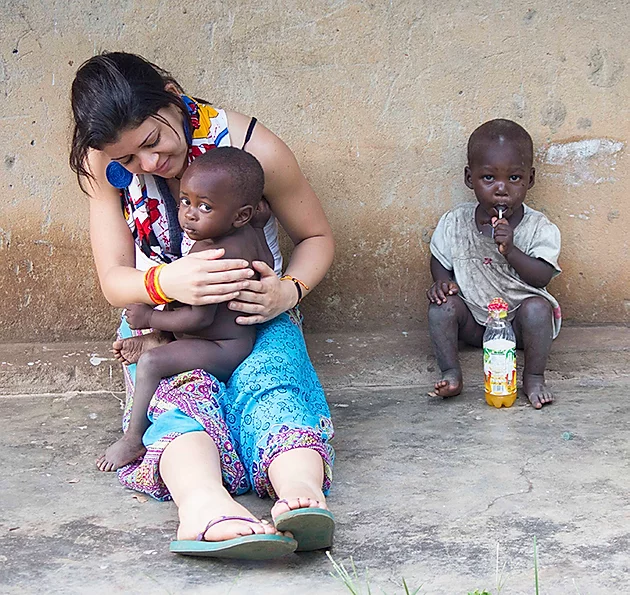
Humanitarian aid is a vital resource for people and communities facing the aftermath of disaster, but is it taking into account the cultural and long-term needs of its recipients?
Even at this very moment, humanitarian aid is underway in order to rehabilitate areas of the globe that have witnessed crises and complex emergencies. While it is being implemented, we have to look at whether humanitarian aid is being administered correctly, in particular, are we focusing on balancing the needs of immediate relief and long-term, complex interventions. Above all, as most humanitarian support takes place inside a western developmental framework, understanding the part played by status and emotion in non-western beneficiaries is essential for effective and successful assistance.
Humanitarian assistance covers international efforts supported by governments, organisations, or individuals for victims of disasters where the main objectives are reducing human suffering and increasing the chances of survival. There are four fundamental principles of humanitarian relief; independence, neutrality, impartiality, and humanity. These can be broken down into in four further sub sections of health, food, shelter, and water and sanitation. However, these focuses tend to concentrate on providing for physical needs of people and fail to consider underlying vulnerabilities of the community. For delivering genuine assistance, understanding the indigenous and local communities needs is vital. The aim of aid should be building communities innate resilience in the long term through active collaboration with agencies with openness, partnership, empowerment, and the involvement of the humanitarian aid system.
To do this requires that advanced research of local cultural systems is performed, paying specific attention to the cultural differences between those delivering humanitarian aid and its beneficiaries. As an organisational dimension of culture, it can be defined as “a pattern of basic assumptions – invented, discovered, or developed by a given group as it learns to cope with its problems of external adoption and internal integration; therefore, that is to be taught to new members as the correct way to perceive, think, and feel (Schein 1985:9 recited by Rodon 2012: 368).” For local communities, this dimension is considered as national culture, which is, “the culture that the members of a society share and that shapes their behavior” (ibid: 368). In the context of humanitarian aid, multiplicity of cultures could be studies in professional, organisational, and national level, and we can conceptualize culture as three aspects – “system of meaning, norms of behaviors, and power relations (ibid:366).”
In 2004, caused by an offshore earthquake, a tsunami reached land at Banda Aceh, Indonesia, leading to the deaths of 130,000 people. As a result, the physical geography and community infrastructure were completely removed. Throughout the following process of humanitarian assistance, various problems could be seen due to the high level of discord between Acehnese locals and western organizations when it came to their understanding of capacity building and development. As “Aceh’s multilayered historical, cultural, socio-political, and religious contexts” were not considered fully, mistakes were made. For aid allocation, the politics of donor countries were unfortunately more significant than the real condition of recipients, and this led to social conflict and hostility towards foreign organizations. Furthermore, the high level of media coverage caused “tsunami tourism” and “marketization of aid” to immediately affect local politics, and this received much more attention than local needs because the story of Aceh’s reconstruction focused mainly on the role of Western agencies and Non Governmental Organizations.
So what is the solution? From the planning stage, cultural studies of the local community must be incorporated in devising strategies for the delivery of humanitarian assistance. However, as culture is not only traditionally rooted in the society but is also alive and constntly transforming, systematic, steady examination and communication between humanitarian agencies and the local community is required.
By Bora Kang I ed. Joel Lindsay